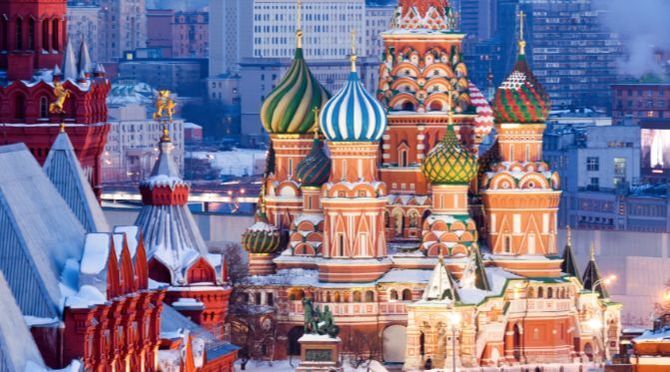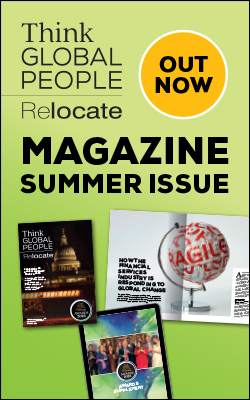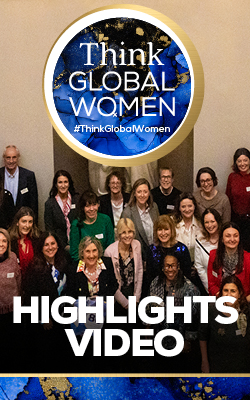Where to live in Moscow: an expatriate’s guide: part 1
Finding the right property, in the right location, is a crucial part of any successful relocation. For those moving to an unfamiliar city, deciding where to live can be difficult and confusing. Here, Moscow-based Intermark Relocation gives Relocate readers the inside track on the areas of the city that are most popular with expatriates, and the facilities they offer.

- In the city centre (apartments only), close to all the infrastructure and leisure activities Moscow has to offer
- Further outside the city, in a residential compound (for example, Pokrovsky Hills, Rosinka, and others), where they are more likely to find a house and green spaces for their children to play in
Popular residential areas in Central Moscow
Arbat-Kropotkinskaya
The Arbat-Kropotkinskaya area lies west of the Kremlin, and is one of the most popular residential areas of Moscow.It offers international schools and kindergardens, including Petit Cref (ages 2–7), and a reasonable commute to the International School of Moscow.We recommend you consider this area if:- You are looking for a downtown location close to everything Moscow has to offer
- You are a family with children looking for a quiet place downtown
Most popular residential buildings in the area
- M. Molchanovka 8, the ‘Lion House’ – Opposite the Belgian Embassy, a pre-revolutionary building completely reconstructed behind the original façade and roof
- Romanov Lane No. 5 – Loved by expatriates for its security, proximity to Old Arbat, and huge apartments by Moscow standards (up to 350 square metres)
- Grubber House (Novy Arbat 29) – One of the first modern buildings in Moscow, located next to the UK embassy. Gated
- Opera House, on Ostozhenka 25 – A modern building that got its name for housing the school of famous opera singer Galina Vishnevskaya. Other facilities include the Doctor Loder fitness centre. Gated, with underground parking
- Fillipovsky 8 – One of the first and most popular modern buildings in the area
The expat view
“I enjoy living here because it is very central and I can happily walk around the neighbourhood and the centre of Moscow," says Claire Ansell, whose children are ten and 12. "It is also near to the metro, so I can get to other parts of Moscow with ease.“I speak enough basic Russian to confidently navigate around the metro system, and being forced to speak Russian on a daily basis will help me improve my language skills. We live in a relatively affluent area of the city, so I feel safe on the streets – as safe as in any other large city.”As well as professional consultants, we have, as part of the Intermark team, the Friends of Intermark – expatriates who help our clients to choose the most suitable area in which to live, and give practical advice based on their own experience. This, we feel, is a great advantage to clients, especially those from overseas.Read more:
- Part Two: Moscow's most popular districts: Patriarshy Ponds, Tverskaya-Kremlin & Krasnopresnenskaya-Barrikadnaya
- Part Three: Popular residential areas outside of Central Moscow: Krasnopresnenskaya-Barrikadnaya & Leningradsky Prospect
- Part Four: Popular residential areas outside of Central Moscow: Kuntsevo-Krylatskoe & Leninsky Prospect
For information about Intermark Relocation and its services, go to www.intermarkrelocation.ru


































